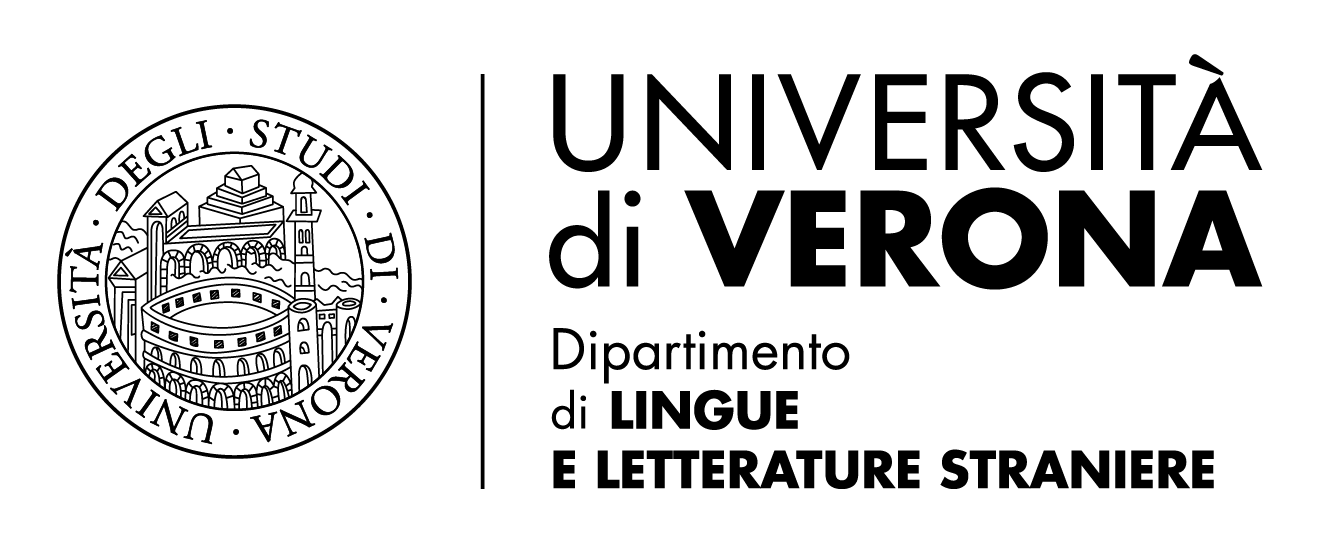Dostoevsky’s ‘boulevard’ novel. The influence of the boulevard press on Devils
DOI:
https://doi.org/10.13136/1013-2309/1476Аннотация
By the time Dostoevsky began work on Besy in early 1870 revolution was in the air. The Nechaev affair had shown how close Russian tensions had come to violence. War in Europe was imminent and within a year would lead to the overthrow of the French Second Empire and the Paris Commune. But, more insidiously, another revolution was taking place in front of Dostoevsky’s eyes – the revolution in the press. Across Europe, reader demographics were changing. Literacy was beginning to spread into urban factory workers, shopkeepers and merchants. Women were becoming important consumers of fiction and fashion. The provincial reader market was becoming increasingly relevant as distribution improved. As demographics changed, so did the product. The 1860s saw the introduction of a new format which was to revolutionise not just the shape of the product but its content as well – the boulevard newspaper. Launched in France in 1863 with Le Petit Journal, the format had been copied almost immediately in the Russian market by Afanasiev with Peterburgsky listok. In his novel Besy Dostoevsky uses a technique of ‘disconnectedness’, bringing together disparate elements of content and style which appear only loosely connected as its narrative emblem. Sensationalism and randomness and are both descriptors of the society Dostoevsky describes and hallmarks of the way in which he constructs the text.This chaotic appearance is a quite deliberate technique to create a narrative which resonated with multiple different audiences by borrowing the newspaper techniques of the faits divers.
Keywords: Devils; History of the Press; Boulevard Newspapers; Fait divers; Narratology
Загрузки
Опубликован
Выпуск
Раздел
Лицензия
Уведомление об авторских правах
Авторы должны соблюдать следующие условия:
- Авторы сохраняют авторские права на свои работы, но передают журналу права первой публикации. Вместе с этим статьи будут лицензироваться по системе условий использования произведений Creative Common License - Attribution - No Commercial Use, которая разрешает другим исследователям делиться работой с указанием интеллектуальной собственности автора и ее первой публикации в данном журнале для некоммерческого использования.
- Авторы могут придерживаться других лицензионных соглашений, не исключая распространение опубликованной версии их работы (например, включив ее в архив учреждения или опубликовав в монографии), при указании на первую публикацию в данном журнале.
- Авторы могут распространять свою работу (например, в институциональных репозиториях или на личном веб-сайте) до и во время процедуры подачи публикации, поскольку это может привести к выгодному обмену и цитированию работы (см. также The Effect of Open Access, «Эффект открытого доступа»).
По всем вопросам обращайтесь по эл. адресу:
или




